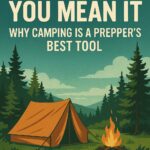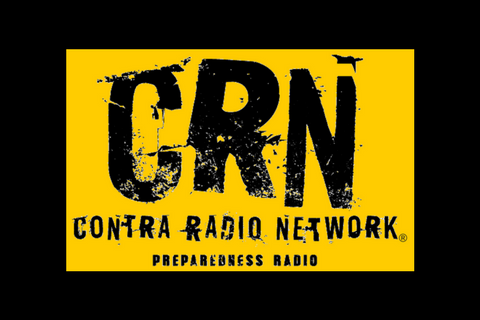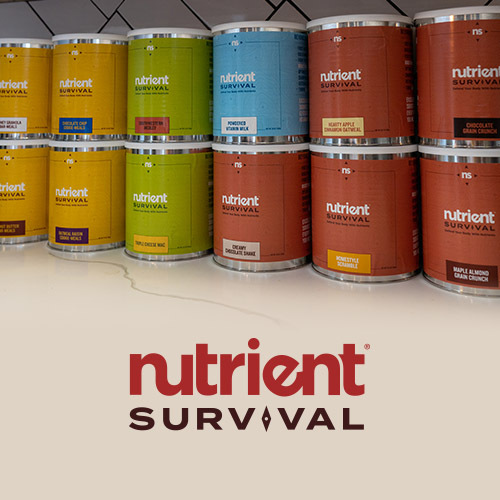Author: James Burnette
Living Without a Fridge: The Forgotten Art of Preservation | Episode 401
In a world where almost every meal depends on electricity, the idea of living without a fridge sounds crazy to most people. But for thousands of years, humans kept food safe, nutritious, and edible without a compressor humming in the kitchen. And if you’re serious about preparedness—or just want to cut dependence on the grid—it’s time to relearn the forgotten art of preservation.
"Living Without a Fridge: The Forgotten Art of Preservation | Episode 401."
Spring Cleaning for Survival: Organize Your Preps Before the Heat Hits | Episode 400
"Spring Cleaning for Survival: Organize Your Preps Before the Heat Hits | Episode 400"
Camp Like You Mean It: Why Camping Is a Prepper’s Best Tool | Episode 399
Camping isn’t just a hobby—it’s one of the most useful tools in a prepper’s toolkit. In Episode 399, we’re digging into why camping is more than just roasting marshmallows under the stars. It’s a powerful training ground for survival, self-reliance, and family bonding.
"Camp Like You Mean It: Why Camping Is a Prepper's Best Tool | Episode 399"
Every Prepper Has a Blind Spot—What’s Yours? | Episode 398
Every prepper has one area they obsess over—guns, food, first aid, comms—but very few have all the bases covered. It’s human nature to focus on what we like or what we’re good at. The problem? Your blind spot is where reality punches you in the face.
"Why Everyone Should Learn to Fight – The Case for Self-Defense Training | episode 372."
The Death of the Middle Class: What It Means for Preppers | Episode 397
The middle class has always been the backbone of stable societies. But in 2025, we’re watching it die in real time. Rising inflation, stagnant wages, skyrocketing housing costs, and mounting debt are squeezing the average family into economic submission. The American dream has become a survival grind.
"The Death of the Middle Class: What It Means for Preppers | Episode 397"














Follow Us!